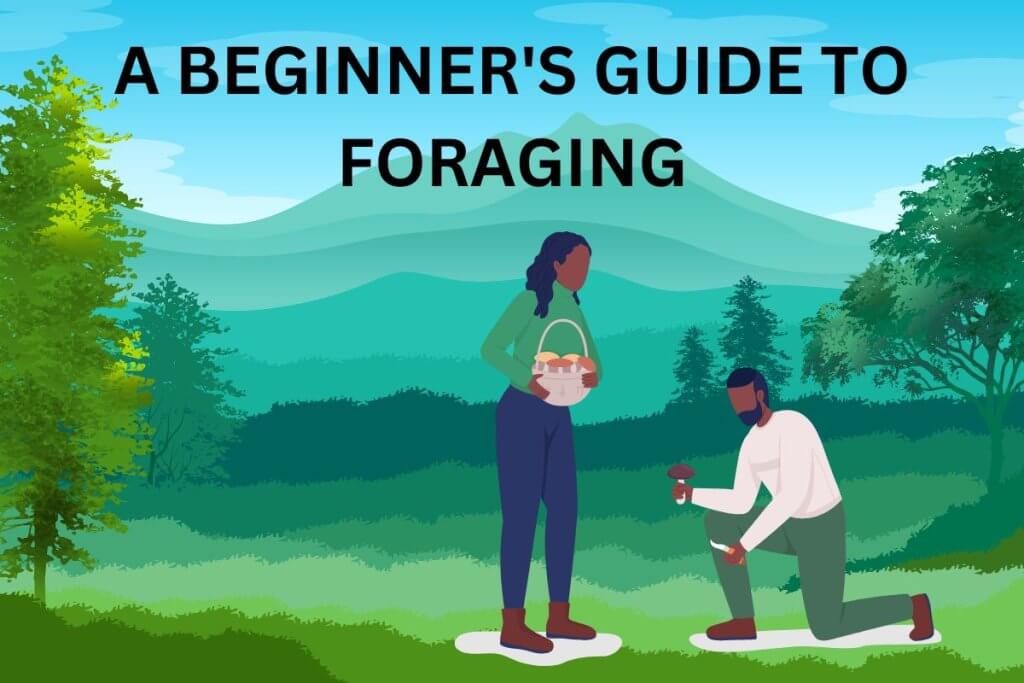Foraging or gathering wild plants and other edible foods is a time-honored tradition that has sustained human beings for thousands of years.
Whether you are interested in connecting with nature, supplementing your diet, or just trying something new, foraging can be fun and rewarding.
However, it is important to approach foraging with caution and respect for the environment and to understand the plants and mushrooms you might encounter.
What Are You Foraging For Right Now?
We're thrilled to hear your ideas. What would you like to submit today? Feel free to share your thoughts and experiences with us.
This article will act as a beginner’s guide to all things foraging.
Getting Started with Foraging
To get started with foraging, first things first:
- Consider joining a local foraging group or taking a guided tour to learn from experienced foragers
- Always obtain permission before foraging on private land
- Follow ethical and sustainable foraging practices to protect the environment
1. Understanding the ethics of foraging
Understanding the ethics of foraging is crucial for ensuring the sustainability of wild food sources and protecting natural habitats.
Ethical foraging involves obtaining permission before foraging on private land, only taking what you need, leaving enough for the plants and wildlife to thrive, and avoiding harvesting rare or endangered species.
It’s also important to respect the environment by not damaging plants, habitats, or ecosystems while foraging.
2. Finding a suitable location for foraging
When looking for somewhere appropriate to forage, consider factors such as land ownership, accessibility, and safety.
Look for public parks, forests, and other natural areas that allow foraging, and research any local regulations or permits.
3. Understanding the risks and safety considerations
Understanding the risks and safety considerations of foraging is crucial for avoiding dangers such as poisonous plants, exposure to harmful chemicals, and hazardous terrain.
Always research and properly identify plants before consuming them, wear appropriate clothing and gear, and take necessary precautions to avoid accidents or injury while foraging.
Identifying Edible Plants
Identifying edible plants is an essential skill for successful foraging. With so many species, knowing how to differentiate between safe and potentially harmful plants is crucial for staying healthy in the wild.
1. How to identify common edible plants?
To identify common edible plants, look for distinctive features such as leaf shape, growth habit, and flower color. Pay attention to the plant’s environment, seasonality, and any associated wildlife or insects to help with identification.
Using a reputable field guide or taking a class with an experienced forager can also help develop your skills.
Our Guides To Edible Mushrooms
Click the images below to learn more:
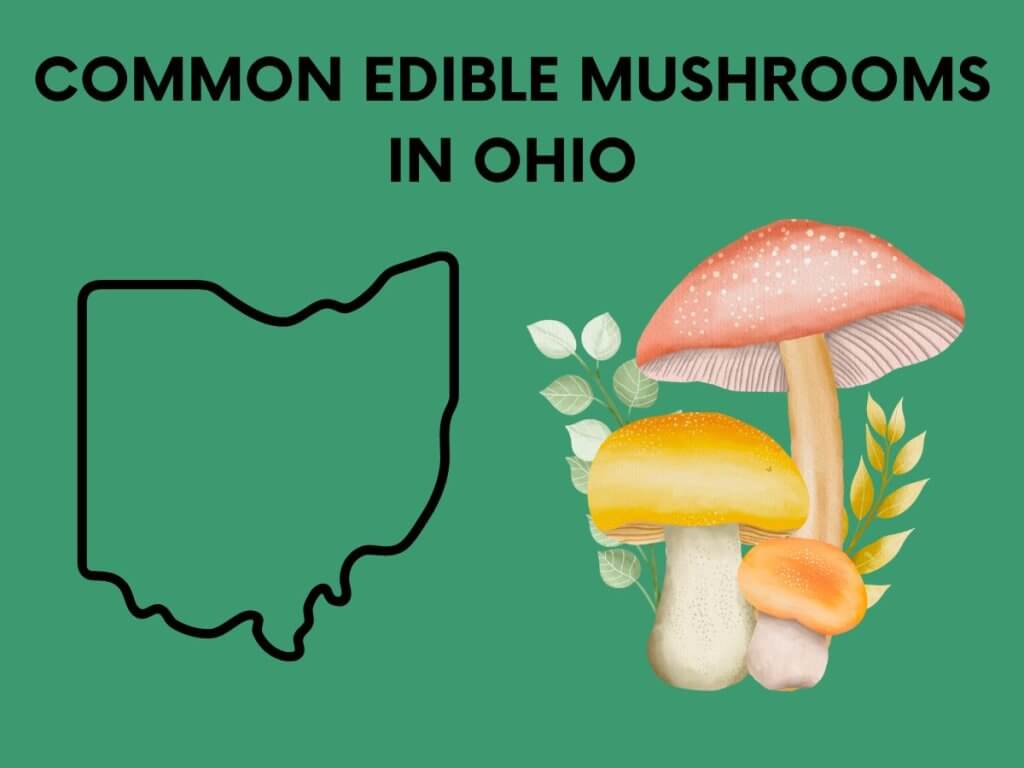
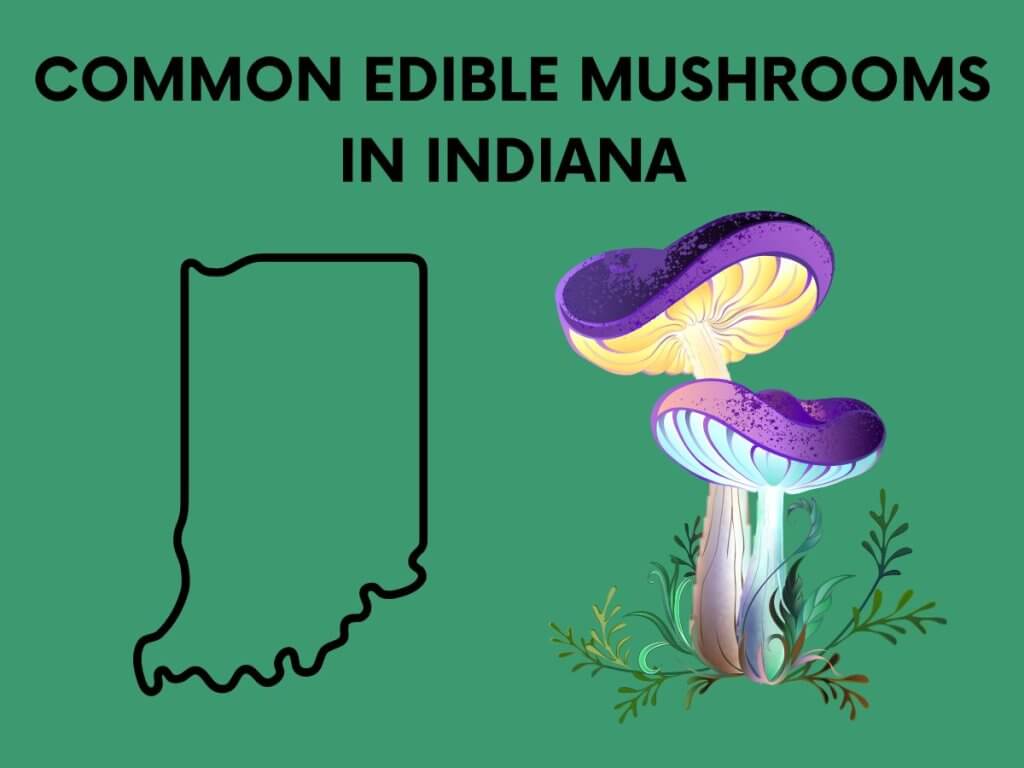
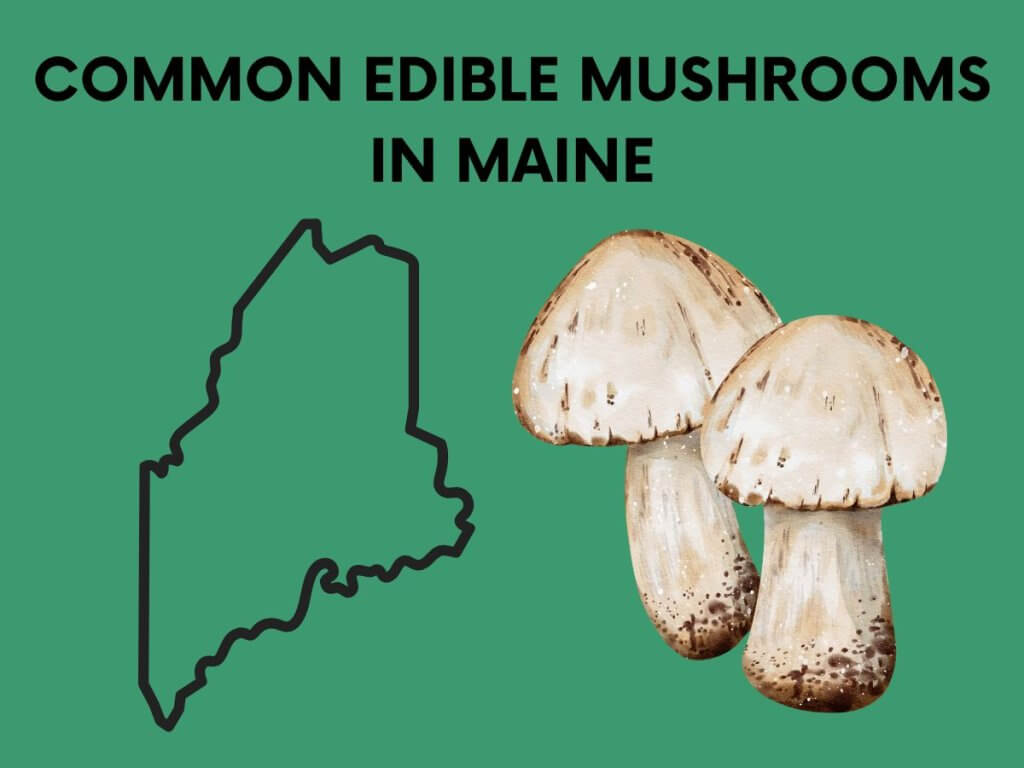
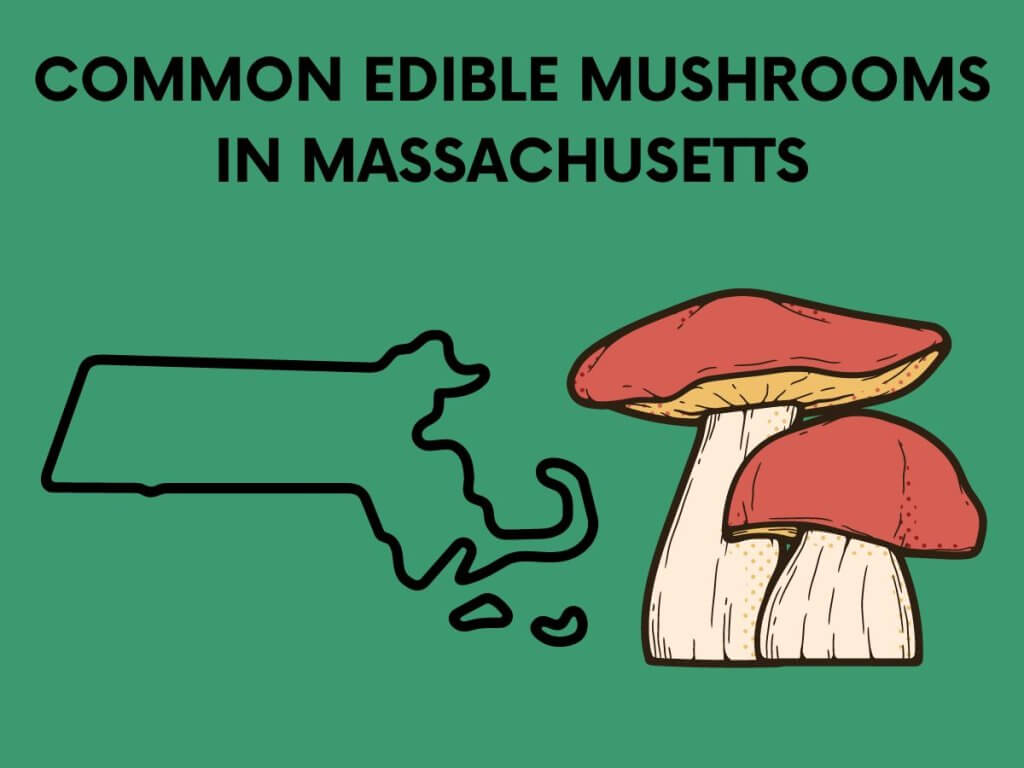

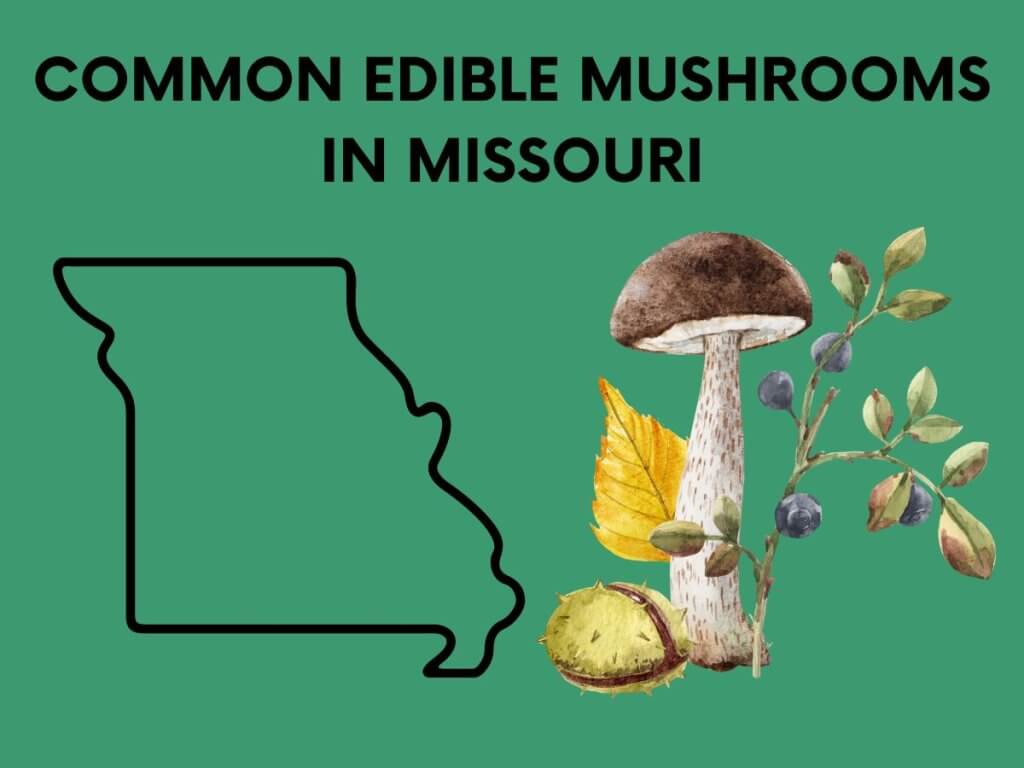
2. How to differentiate between edible and toxic plants?
There are no clear indicators to tell whether a plant is poisonous. While some common characteristics can indicate toxicity, such as certain leaf shapes, colors, and growth habits, these are not foolproof and can vary depending on the plant species.
Proper identification through research or consultation with an experienced forager or botanist is always necessary before consuming any wild plant.
Common edible plants
| EDIBLE | IDENTIFICATION TIPS |
| Nettle | Edible when cooked or dried. To identify them, look for serrated leaves with small hairs that can sting if touched. |
| Dandelion | Edible; the leaves and flowers can be eaten raw or cooked. Look for the yellow flower and jagged, tooth-like leaves. |
| Blackberries | Edible; look for the bush with thorny stems and dark purple or blackberry clusters. |
| Stinging nettles | Edible when cooked or dried. To identify them, look for serrated leaves with small hairs that can sting if touched. |
| Burdock | Edible, the root can be cooked or roasted. Look for a plant with large leaves and prickly burrs that stick to clothing. |
| Chanterelle | Edible, yellow, or orange with a wavy, trumpet-like cap. |
| Plantain | Edible; the leaves can be eaten raw or cooked. Look for broad, oval-shaped leaves that grow close to the ground. |
| Rosehips | Edible, the fruit of the rose plant. Look for a small, round, red, or orange fruit on the stem after the flower has wilted. |
| Sorrel | Edible, has arrow-shaped leaves and a tart, lemony taste. |
| Wild greens | Edible, many varieties exist and can be identified by their leaves and growth patterns. |
| Wild garlic | Edible, has narrow, grass-like leaves and a strong garlic odor. You can use the leaves and bulbs in cooking. |
| Chickweed | Edible, has small, oval-shaped leaves and a white flower with five petals. The leaves and stems can be eaten raw or cooked. |
| Elderberries | Edible, small, dark purple berries that grow in clusters. You can use it to make jams, syrups, and wine. |
| Chestnuts | Edible, has a spiny husk and a shiny, dark brown nut. The nuts can be roasted or boiled. |
| Elderflower | Edible, has a sweet, floral scent, and small white flowers arranged in a flat-topped cluster. It can be used to make cordials, syrups, and teas. |
| Morels | Edible, has a distinctive honeycomb-like cap and a hollow stem. Morels are used in a variety of dishes. |
Common poisonous plants
| POISONOUS PLANT | IDENTIFICATION TIPS |
| Hemlock | Poisonous, has a distinctive odor and a smooth, hairless stem with small white flowers arranged in an umbrella-like shape. These flowers grow in clusters with fern-like leaves arranged alternately along the stem. The stem is hollow and has purple spots. |
| Poison ivy | Has three leaflets, each with a pointed tip. Leaves can range from green to red, depending on the season. |
| Poison oak | Has leaves similar in shape to oak leaves, with three leaflets on each stem. The leaves can range from green to red, depending on the season. |
| Poison sumac | Has leaves arranged in pairs, with one leaflet at the end of the stem. The leaves are oblong and pointed, with a smooth edge. |
| Deadly nightshade | Has purple or blackberries that are round and shiny. The leaves are dark green and oval-shaped, with a pointed tip. |
| Jimsonweed | Has large, trumpet-shaped flowers that are white or pale purple. The leaves are large and lobed, with a distinct odor. |
| Pokeweed | Has long, drooping clusters of purple or black berries. The leaves are large and pointed, with a smooth edge. |
3. Learning to recognize plant families and their characteristics
Recognizing plant families and their characteristics helps identify new edible plants in the wild.
Understanding the shared attributes of related plants allows you to narrow your search and make educated guesses about new species.
4. Understanding the different parts of the plant that are edible
Understanding the edible parts of the plant is important for safe and efficient foraging.
Depending on the plant species, the leaves, stems, roots, flowers, fruits, and seeds may all be edible, and knowing which parts to harvest and how to prepare them can make all the difference in your foraging success.
Foraging Tools and Equipment
To find the right foraging tools and equipment, consider the types of plants you plan to harvest and the environment in which you will be foraging.
Basic items such as a sturdy backpack, gloves, and a field guide can be essential, while other tools like a digging tool, pruning shears, or a mesh bag may be helpful depending on your foraging needs.
Always prioritize durability, portability, and ease of use when selecting your gear.
1. Basic tools needed for foraging, such as a knife, gloves, and bags
- A good quality knife or pair of scissors for cutting plants and harvesting fruits and mushrooms
- A basket or bag to carry the harvested food
- A field guidebook or app for plant identification
- A compass or GPS device to help navigate and mark locations of good foraging spots
- A sturdy pair of gloves to protect your hands from thorns and prickly plants
Other useful tools can include a digging stick or trowel for harvesting roots and a walking stick or pole for stability when hiking through rough terrain.
2. Optional equipment, such as a field guide, binoculars, and a magnifying glass
- A digging tool, such as a hori-hori knife
- A hand trowel, which can help you extract root vegetables or tubers
- A mesh bag or basket can also carry larger quantities of harvested plants
- A plant press to preserve specimens for later identification or study
3. Choosing the right clothing and footwear for foraging
Opt for lightweight, breathable clothing that protects from the elements and sturdy, supportive footwear with good traction to prevent slips and falls on uneven terrain.
Check our video featuring the 7 must-have tools for every beginner forager:
Foraging Techniques
If you are new to foraging, it is essential to learn some basic techniques to ensure your safety and success.
These techniques include identifying edible plants, knowing where to look for them, and understanding how to harvest them sustainably.
1. Knowing when and where to look for wild edibles
Knowing when and where to look for wild edibles depends on several factors, including:
- The type of plant or mushroom you are searching for
- The season
- The location
- The weather conditions
In general, it is best to do your research, start with easily recognizable plants, and avoid areas that may be contaminated.
2. How to harvest plants without damaging them
To harvest plants without damaging them, avoid over-harvesting, only taking what you need and leaving some for other foragers and for the plant to continue to grow and reproduce.
You should also use the proper tools and techniques to minimize damage to the plant’s roots or surrounding environment.
3. Techniques for preserving and storing wild foods
Techniques for keeping and storing wild foods depend on the type of food and the desired outcome but can include drying, canning, freezing, fermenting, or pickling.
Properly keeping your preserved food in a cool, dry, and dark place will help ensure it stays safe to eat for as long as possible.
4. Sustainable harvesting practices
Sustainable harvesting practices for foraging beginners include:
- Obtaining permission from landowners
- Avoiding endangered or threatened species
- Taking only what is needed
- Leaving some for the plant or ecosystem to recover
- Using ethical harvesting techniques to minimize environmental harm
It is also important to educate yourself on local regulations and guidelines regarding foraging and to support conservation efforts in your area.
Preparing Wild Edibles
Some wild edibles may require special preparation methods to be safe and palatable, such as removing toxins, cooking, or soaking.
Research the specific plant or mushroom before consuming it, and start with small amounts to ensure you have no adverse reactions.
Finally, only consume wild edibles if you are certain of their identity.
1. Cleaning and washing wild foods
Cleaning and washing wild foods removes dirt, insects, and other contaminants. However, be gentle, avoid damaging the plant or mushroom, and use clean water that is free from pollutants.
Additionally, some wild foods may require specialized cleaning techniques to remove spines, thorns, or other hazards, so it is important to research the specific food before cleaning it.
2. How to cook and prepare wild edibles
Cooking and preparing wild edibles may require different methods than conventional foods, such as boiling, baking, or roasting.
It is important to research the specific plant or mushroom before cooking it and to start with small amounts to ensure palatability and safety.
3. Recipe ideas for using wild edibles
You can find recipe ideas for using wild edibles through cookbooks, online resources, and local foraging groups.
Some popular dishes include salads with foraged greens, soups with wild mushrooms, and fruit jams made from wild berries.
Click the images below to learn more about some of our favorite wild food recipes:
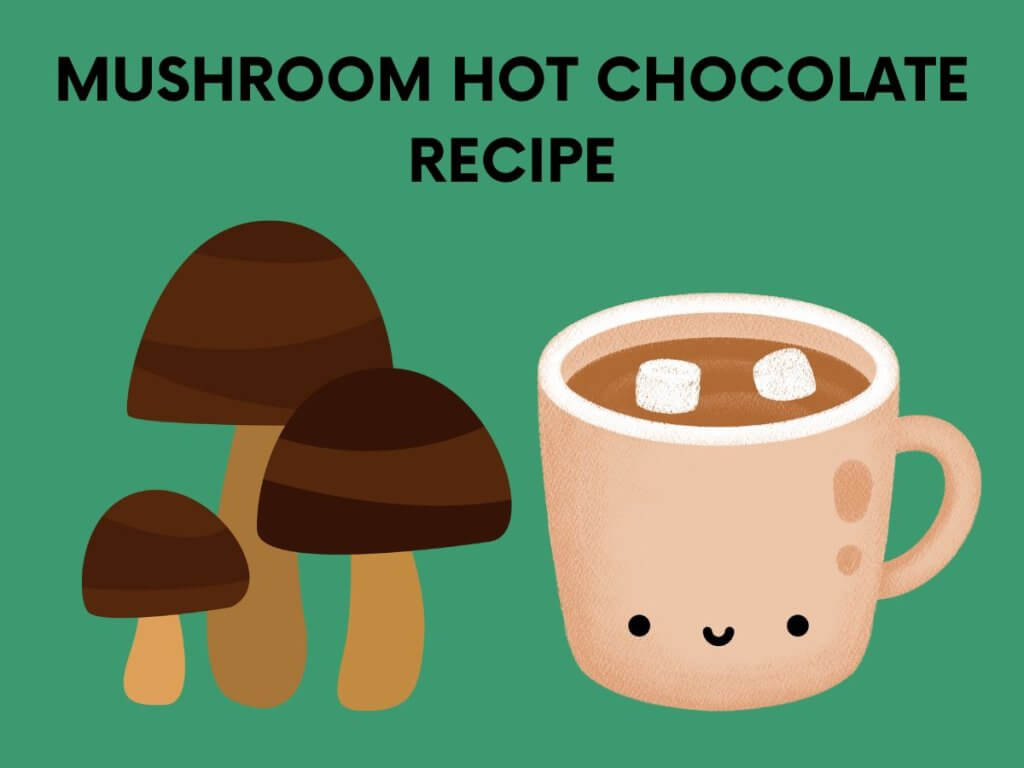
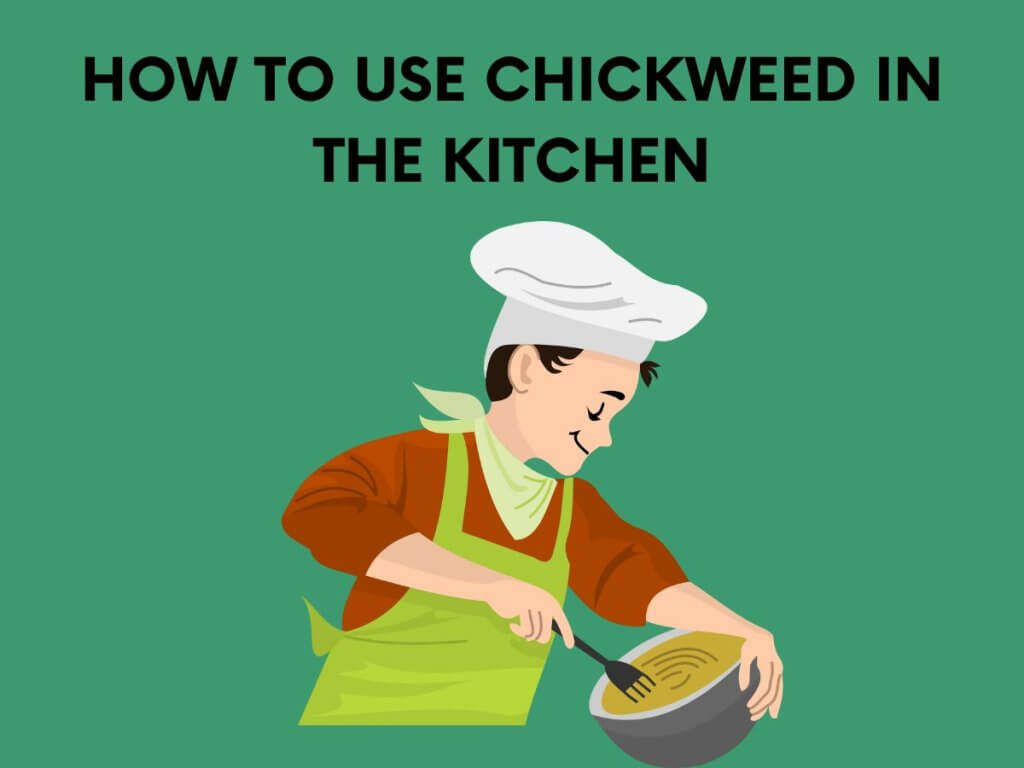

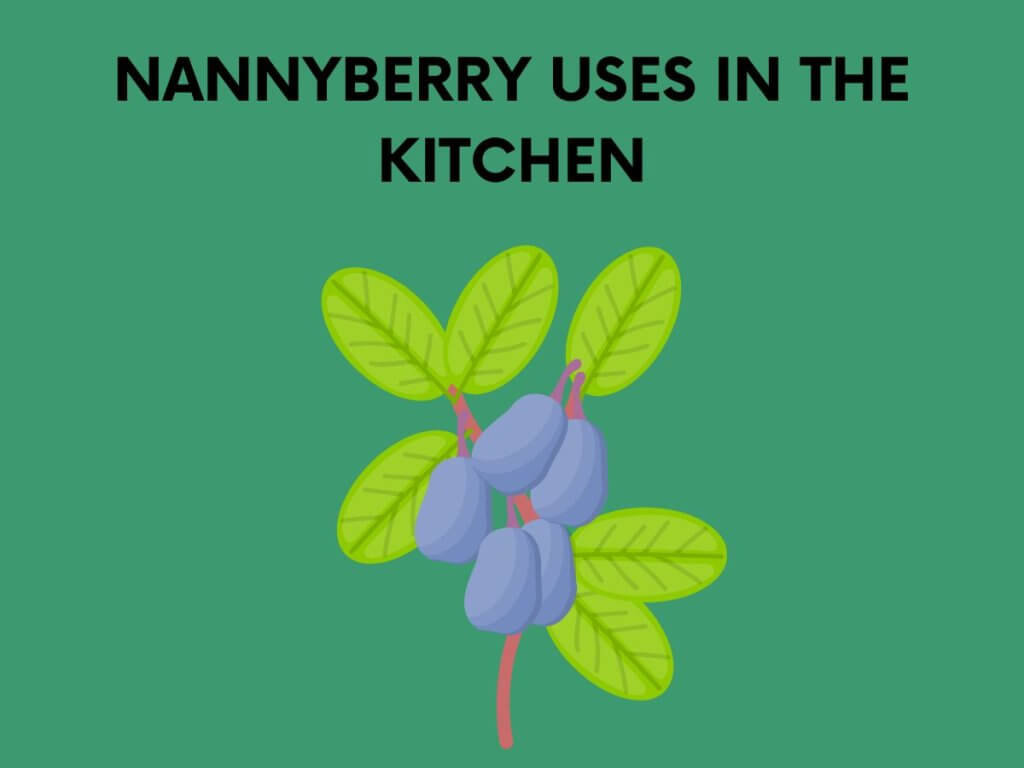
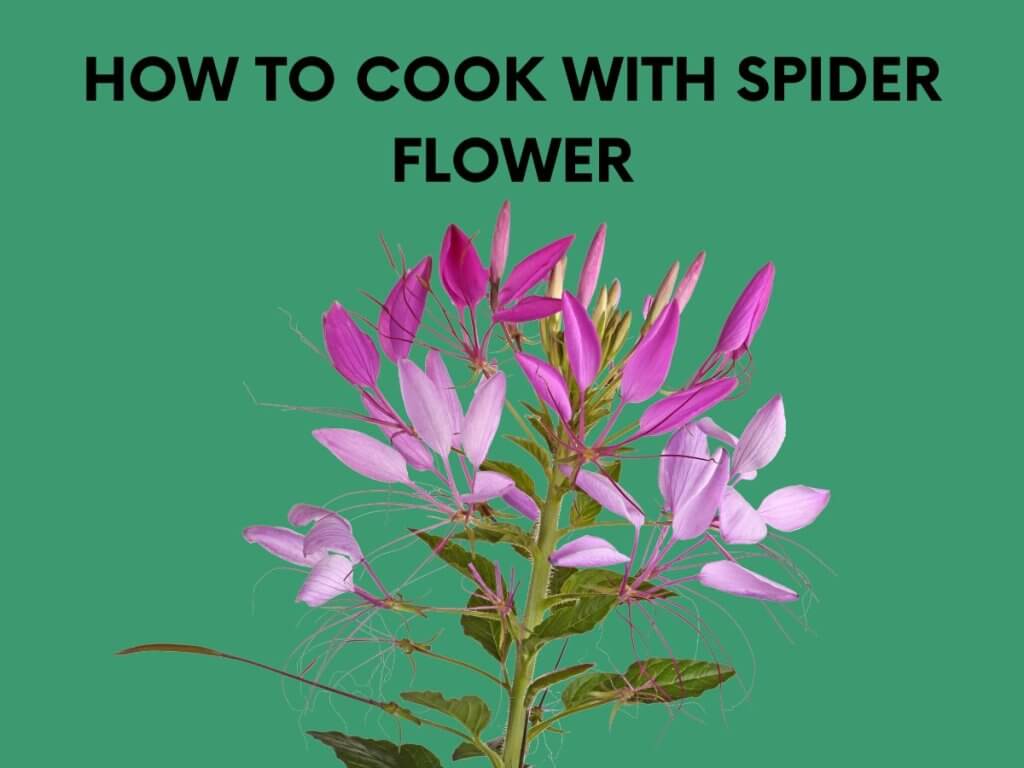
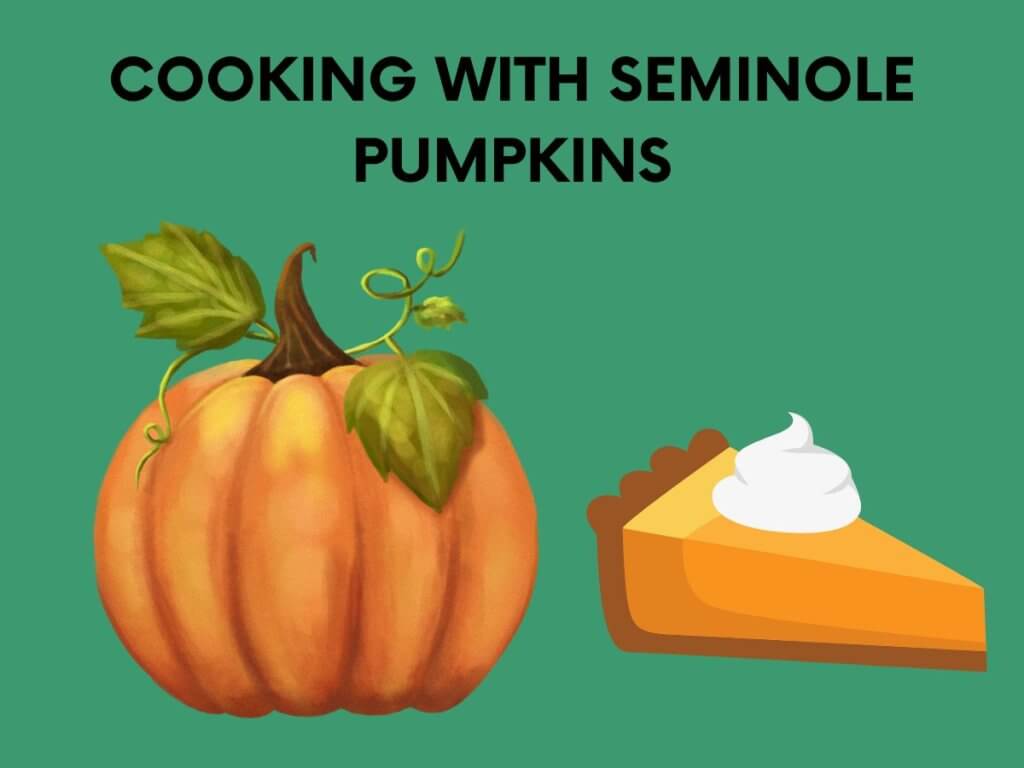
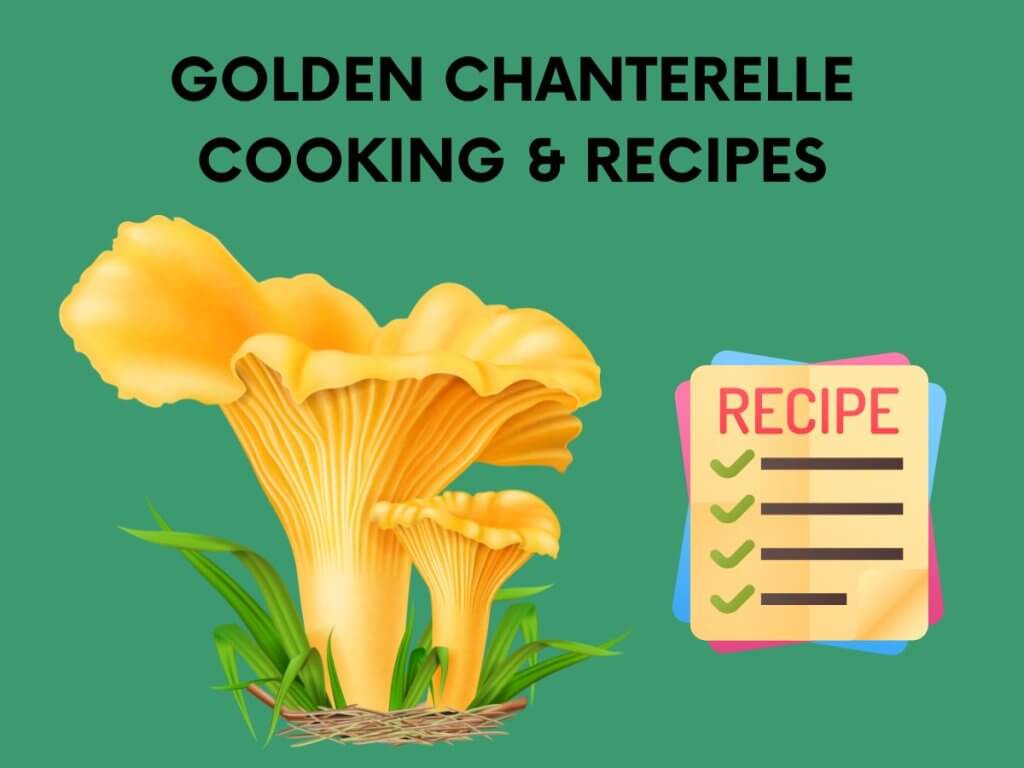
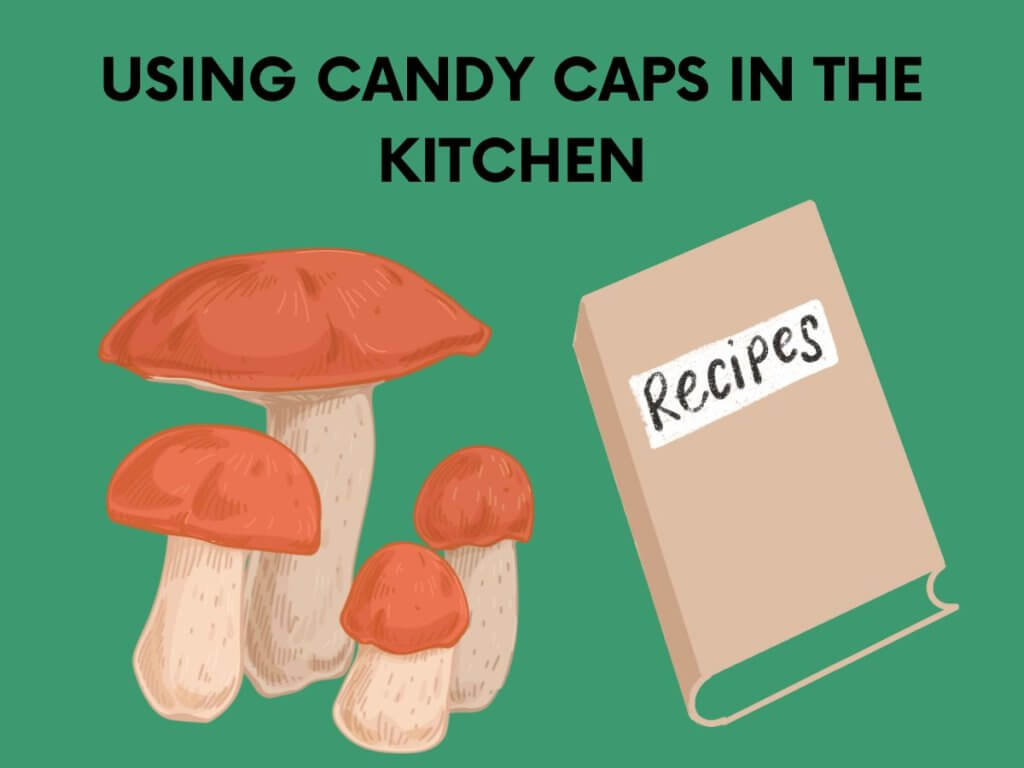
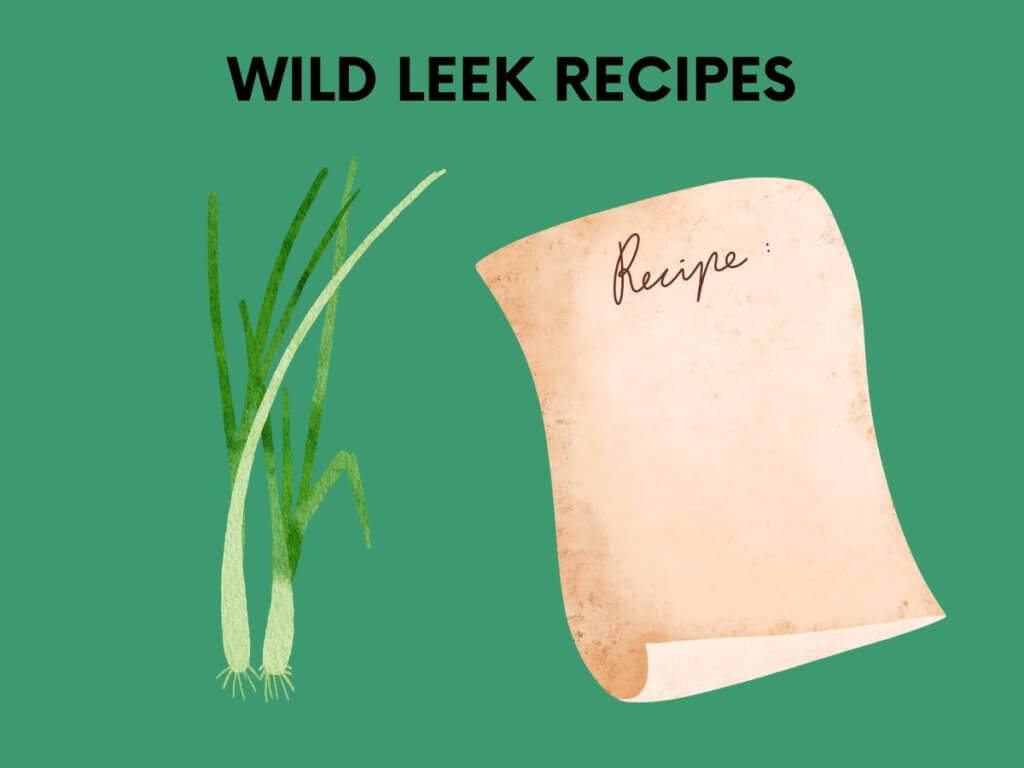
4. Understanding the nutritional benefits of wild foods
Beginners in foraging should know that wild foods can offer a range of dietary benefits, including higher levels of vitamins, minerals, and antioxidants than cultivated foods.
However, it is important to research the specific nutritional value of each plant or mushroom before consuming it and to be aware of any potential toxins or allergens.
Safety and Legal Considerations
In this section, we will discuss some key safety considerations, such as identifying toxic plants and mushrooms, and legal considerations, such as obtaining permits and adhering to local regulations.
1. Understanding the risks of wild edibles, such as allergies and toxins
Some wild edibles can pose risks, such as causing allergic reactions, containing toxins, or being difficult to identify correctly.
Research and identify the specific plant or mushroom before consuming it and start with small amounts to ensure you have no adverse reactions.
2. Knowing when and where it is legal to forage
Take time to understand the laws and regulations regarding foraging in their area, including obtaining permits and adhering to specific guidelines or restrictions.
It is also important to obtain permission from landowners before foraging on private property.
3. Obtaining permission to forage on private property
Obtaining permission to forage on private land is important to avoid trespassing and potential legal issues.
It is recommended to seek consent directly from the landowner or manager and to respect their property and any guidelines or restrictions they may have.
4. Avoiding areas contaminated with pollutants or pesticides
Avoid foraging in areas that may be contaminated with pollutants or pesticides, such as industrial sites or sites near roadsides.
It is recommended to research and choose locations carefully and to be aware of any potential sources of contamination in the surrounding environment.
Resources for Foragers
Foraging beginners can use various resources to educate themselves, including field guides, online forums and websites, local foraging groups and workshops, and courses offered by universities or botanical gardens.
It is also recommended to consult with experienced foragers and to conduct thorough research on the plants or mushrooms being foraged to ensure safety and adherence to legal guidelines.
1. Books and online resources for identifying wild edibles
Many excellent books and online resources are available for identifying wild edibles that beginners to foragers can use.

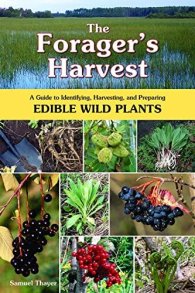
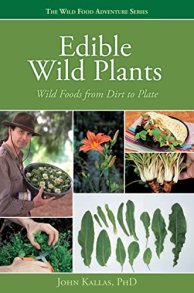
Amazon.com and other online retailers offer a wide selection of foraging books and guidebooks, making finding resources specific to your location and interests easy.
Some online resources include Wild Edible (wildedible.com), Eat the Weeds (eattheweeds.com), and Foraging Texas (foragingtexas.com).
Please research and verify the information from multiple sources and be cautious when identifying wild edibles, especially when first starting out.
2. Local foraging groups and classes
As a beginner to foraging, there are several places you can go physically and online to find out more about local groups and classes.
- Visit your local parks, nature centers, or botanical gardens to see if they offer any foraging workshops or classes.
- Check online for local foraging groups or clubs in your area. You can search for these on social media platforms like Facebook or Meetup.
- Look for local foraging classes or workshops from universities or community colleges in your area.
- Join online foraging communities such as Reddit’s r/foraging, and ask for recommendations for local groups and classes.
- You can also check with local farmer’s markets, co-ops, or health food stores to see if they offer any foraging classes or know of any local foraging groups.
3. Tips for building a community of like-minded foragers
As a beginner to foraging, building a community of like-minded foragers can be an excellent way to learn and share knowledge. Here are some tips to help you get started:
- Attend local foraging events or workshops. This can be a great way to meet other foragers in your area and learn from experienced instructors.
- Join online foraging communities, such as Facebook groups or forums. These can be excellent resources for asking questions, sharing photos and stories, and getting to know other foragers.
- Attend local farmer’s markets, co-ops, or health food stores, and strike up conversations with vendors and other customers interested in foraging.
- Consider starting your own foraging group or club in your area. You can do this through social media or by contacting local organizations such as parks, nature centers, or botanical gardens to see if they can help connect you with other like-minded foragers.
Building a community takes time, so be patient and persistent. By connecting with other foragers, you can learn from each other and build a strong support network for your foraging adventures.
Ana has always been interested in all things nature and flora. With her expertise in home gardening and interest in foraging, she has been spending her weekends and free time looking for edible native plants, flowers, and fungi. One of her many hobbies includes testing new savory and sweet recipes, juices or teas made from freshly picked plants, wild fruits, or mushrooms.

